After taking the slow, but amazingly beautiful train ride from Danang to Hue (pronounced “hway”), it was time to explore Vietnam’s former Imperial capital. Hue was the capital of Vietnam throughout the Nguyen dynasty from 1802-1945, when Ho Chi Minh moved the capital from Hue to its current home in Hanoi. The major attraction in Hue is its vast, 19th-century Citadel, surrounded by a moat and thick stone walls. It encompasses the Imperial City, with palaces and shrines; the Forbidden Purple City, once the emperor’s home; and a replica of the Royal Theater. There’s very little signage and much of the area is in ruin, but you still can get a good glimpse at what life was like for the Vietnamese royals for a century and a half:
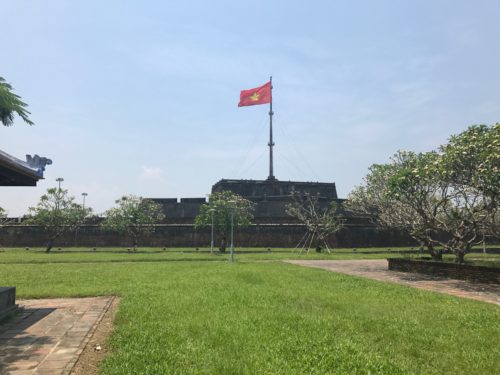
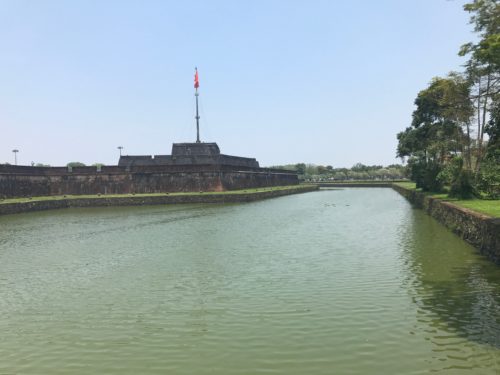
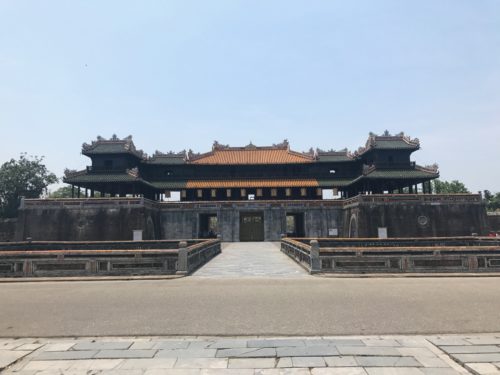
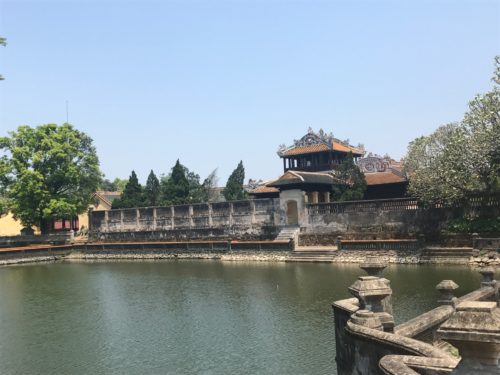
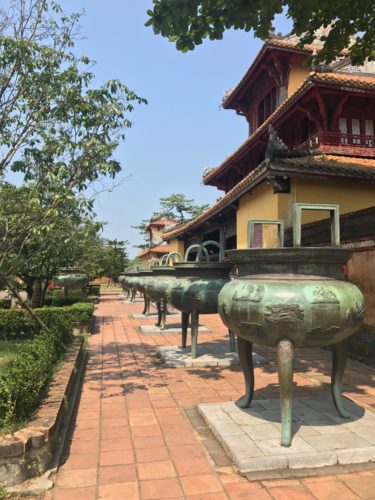
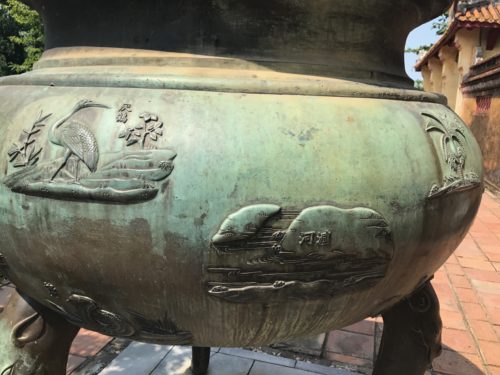
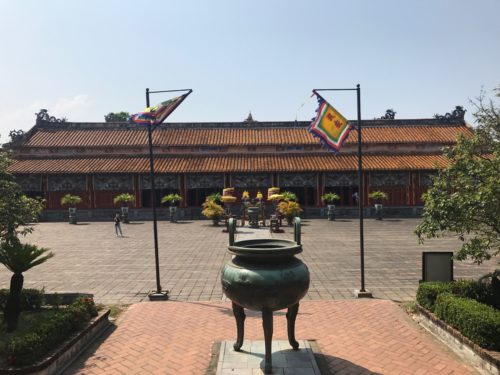
The other interesting things to see around Hue are the tombs of the former emperors of the Nguyen dynasty, all of which are located a few miles outside of the city. There are day tours that take you to many of them or you can just pay a few dollars to hop on the back of a “motorbike taxi” if you want to hit one or two. I visited the tomb of Tu Duc, the longest reigning monarch of the Nguyen dynasty, ruling from 1848 until his death in 1883. Interestingly, the tomb was actually built during the emperor’s lifetime, between 1864-1867, such that it could be built to his specifications:
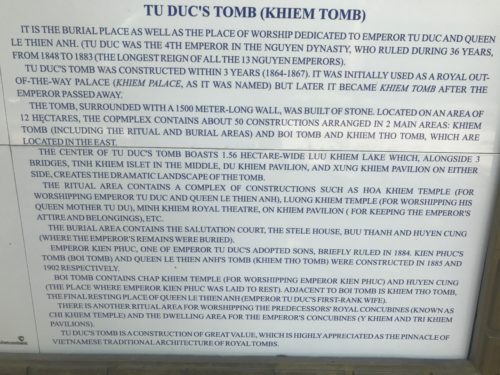
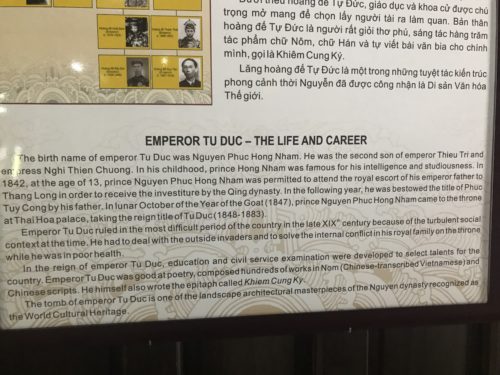
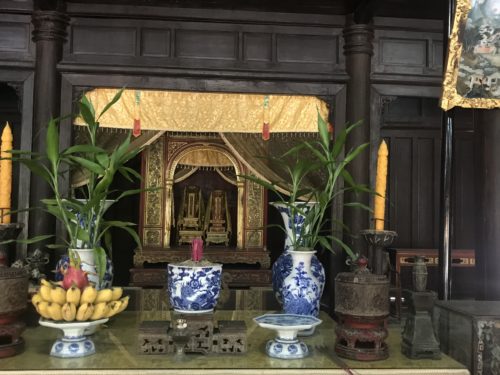
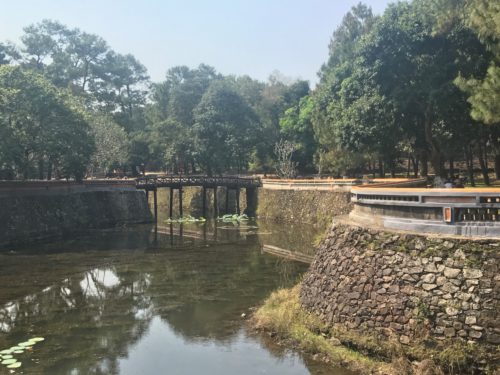
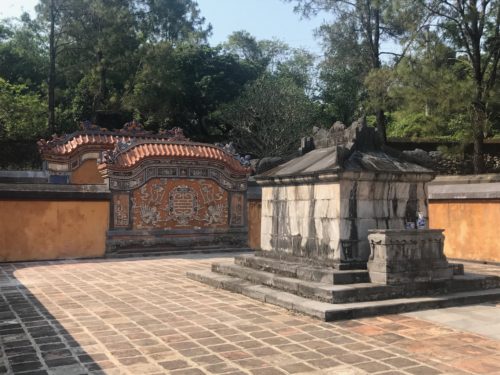
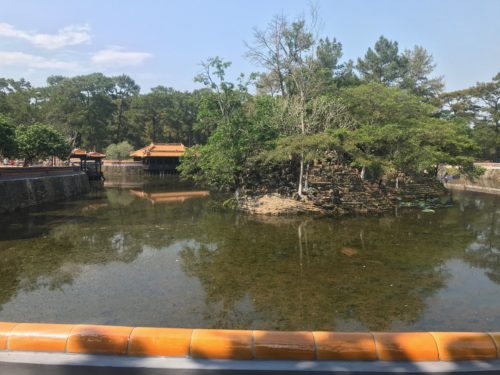
After your daily touring, a sunset stroll along the Perfume River, which bisects the city, is a nice place to cool off with river breezes, hear some live music, and grab some food at the night market:
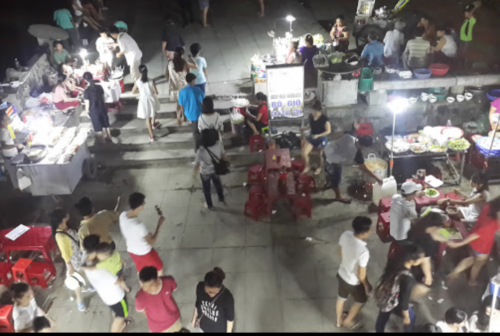
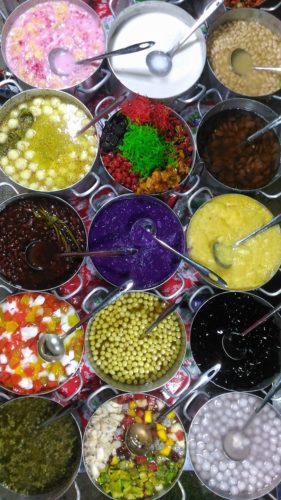
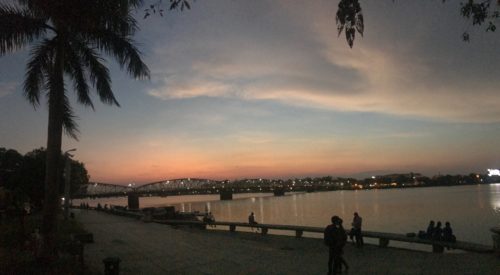
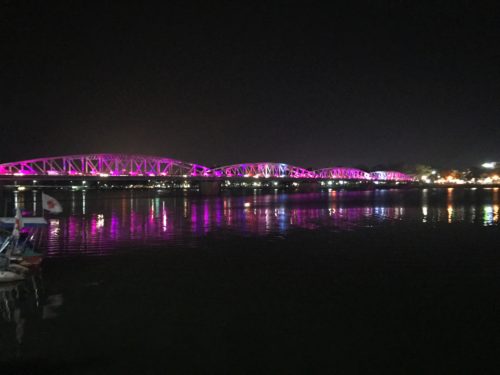
Hue has interesting things to see, and good food. It doesn’t have the same historical feel of Hanoi, nor does it have the charm of Hoi An. If you’re spending extensive time in Vietnam, then Hue would be worth stopping through for 1-2 days. But if you’re in a rush, feel free to spend only one day here or skip it entirely, as there are much more beautiful, interesting and historical things to see in this amazing country.
Michael Prodanovich is a contributor to Point Me to the Plane, and author of The Ultimate Guide to Free Travel
Related Posts:
A Weekend In: Ha Long Bay, Vietnam
Trip Report & Review: Hyatt Regency Danang Resort & Spa – 5-Star Luxury for 3-Star Prices
Trip Report: Vietnam Railways Hoi An/Danang to Hue – Stunning Views, Pathetic Speed
The responses below are not provided or commissioned by the bank advertiser. Responses have not been reviewed, approved or otherwise endorsed by the bank advertiser. It is not the bank advertiser's responsibility to ensure all posts and/or questions are answered.
3 comments
Did a similar itin like you. Worked my way up from HCMC-Danang/Hoi An-Hue-Hanoi. Interesting train ride. Easily can do Hue in one full day with a tour guide/group.
[…] spending two days in Hue, I was heading out to Phong Nha-Kẻ Bàng National Park in rural Vietnam, known for its extensive […]
[…] A Weekend In: Hue, Vietnam – Ruins of a Former Imperial Capital […]